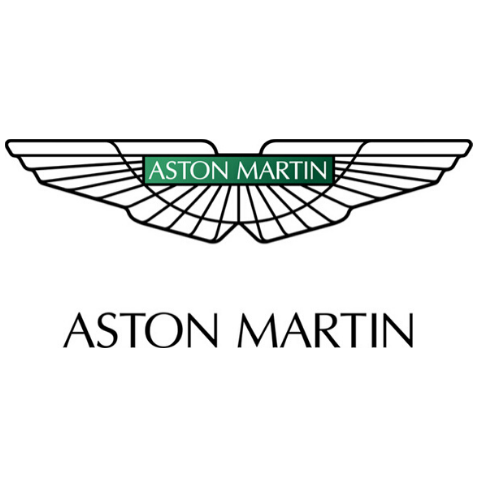None Aston Martin DBR2
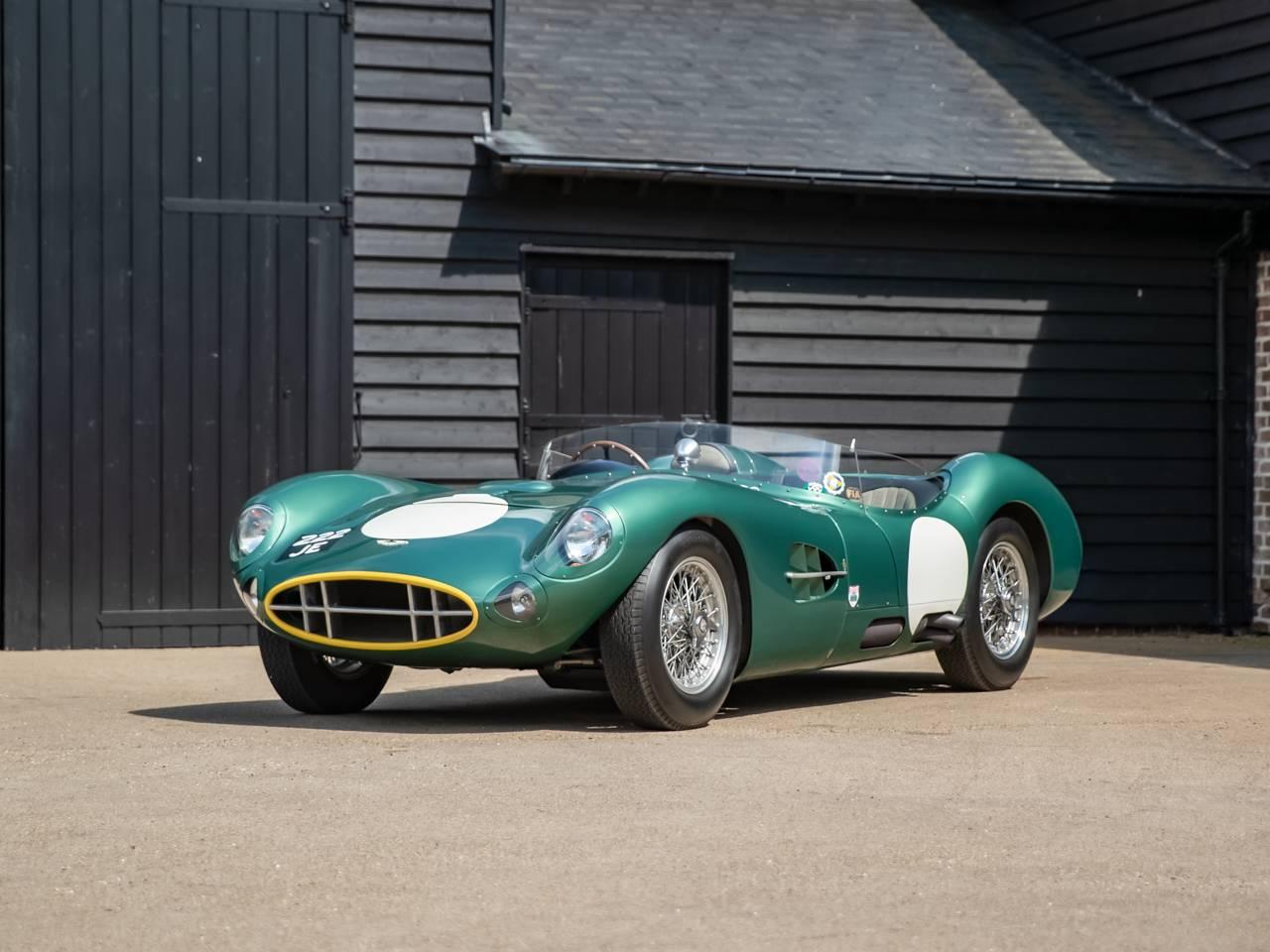
The descriptions of the Classic Cars in the Directory were partly generated or supplemented with the help of artificial intelligence (AI). The content may occasionally not always be entirely accurate or factually correct despite careful checking.
The Aston Martin DBR2 is a timeless classic in the world of sports cars, with groundbreaking technical features that made it one of the most advanced and successful race cars of its time. Designed and developed by the renowned British engineering firm, David Brown, the DBR2 was built to dominate the racing circuit in the late 1950s.
The body of the Aston Martin DBR2 was constructed using lightweight, yet sturdy aluminum, which was a revolutionary feature at the time. The car was designed with a specially optimized aerodynamic profile, which allowed it to cut through the air with ease and reach incredible speeds. The front end of the vehicle was fitted with a distinctive grille, which helped to improve the cooling capacity of the engine.
The Aston Martin DBR2 was powered by a 4.2-liter, six-cylinder engine, which was capable of producing an impressive 314 horsepower. The engine was supported by three Weber carburetors, which improved the efficiency of fuel consumption and led to increased reliability. The car's transmission was a four-speed manual unit, which allowed the driver to quickly shift gears when needed. The DBR2 was also equipped with a high-performance suspension system, which included independent wishbone suspension in the front and a de Dion rear axle.
One of the most notable features of the Aston Martin DBR2 was its braking system. The car had hydraulic drum brakes on all four wheels, which provided exceptional stopping power and control. The front brakes were also ventilated to prevent overheating, which was crucial for maintaining optimal performance during extended races.
Another technical highlight of the Aston Martin DBR2 was its electrical system, which featured an advanced battery with an alternator and a Lucas electrical system. The car also had a cockpit-mounted rev counter, which allowed the driver to monitor the engine's RPMs and make adjustments as needed.
Overall, the Aston Martin DBR2 was a technical masterpiece of its time, with advanced features that set the standard for sports cars in the racing world. Its unique design, superior handling, and powerful engine made it a true icon of the era, and it continues to be celebrated by car enthusiasts today.
Milestones
- Introduction of the Aston Martin DBR2 in 1957 as a successor to the DBR1 - Designed by Ted Cutting, the car featured a lightweight and aerodynamic body made of magnesium alloy - Powered by a 3.7-liter straight-six engine, producing 251 horsepower - First raced at the 1957 24 Hours of Le Mans, but retired due to engine failure - Secured its first win at the 1957 Goodwood 9 Hours race, driven by Roy Salvadori and Tony Brooks - Won the 1958 RAC Tourist Trophy, driven by Stirling Moss and Jack Fairman - Continued to race in various events through 1959, including the 1959 24 Hours of Le Mans where it finished 2nd overall - The DBR2 marked the beginning of Aston Martin's development of the high-performance GT cars for which they are known today - Considered a landmark car in the company's history and an important piece of British motorsport heritage.Technical
- Body material: aluminum - Engine type: 4.0-liter inline-six - Horsepower: 285 hp - Torque: 218 lb-ft - Transmission: 4-speed manual - Top speed: 173 mph - Acceleration: 0-60 mph in 6.2 seconds - Suspension: front and rear double wishbones with coil springs - Brakes: 4-wheel disc brakes - Fuel tank capacity: 25 gallons - Weight: 1,900 lbs - Production years: 1957-1959 - Total production: 10 units - Racing history: competed in international sports car races, including the 24 Hours of Le Mans and the Nürburgring.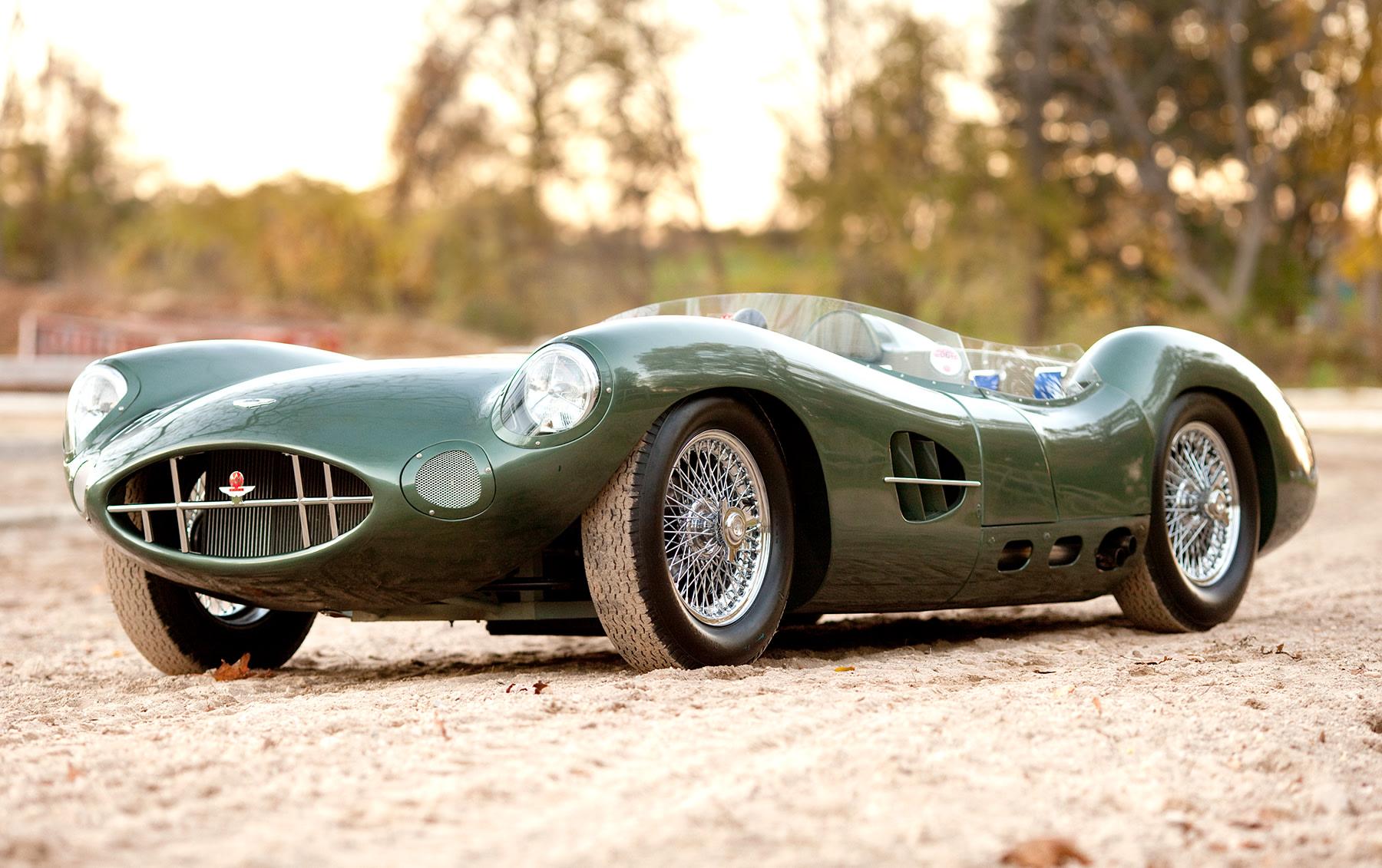
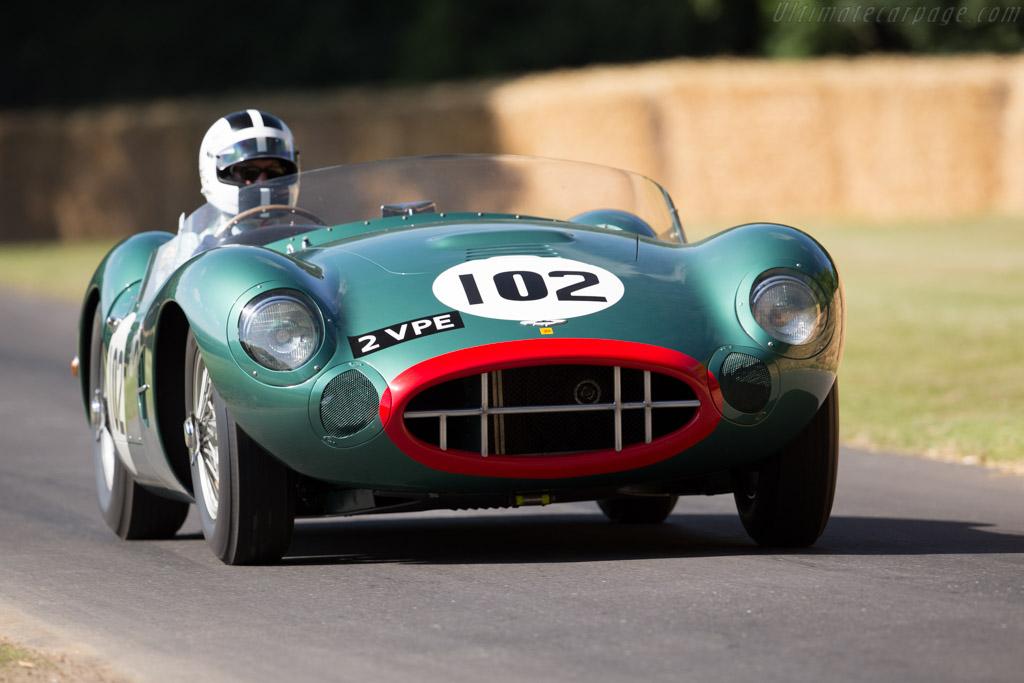
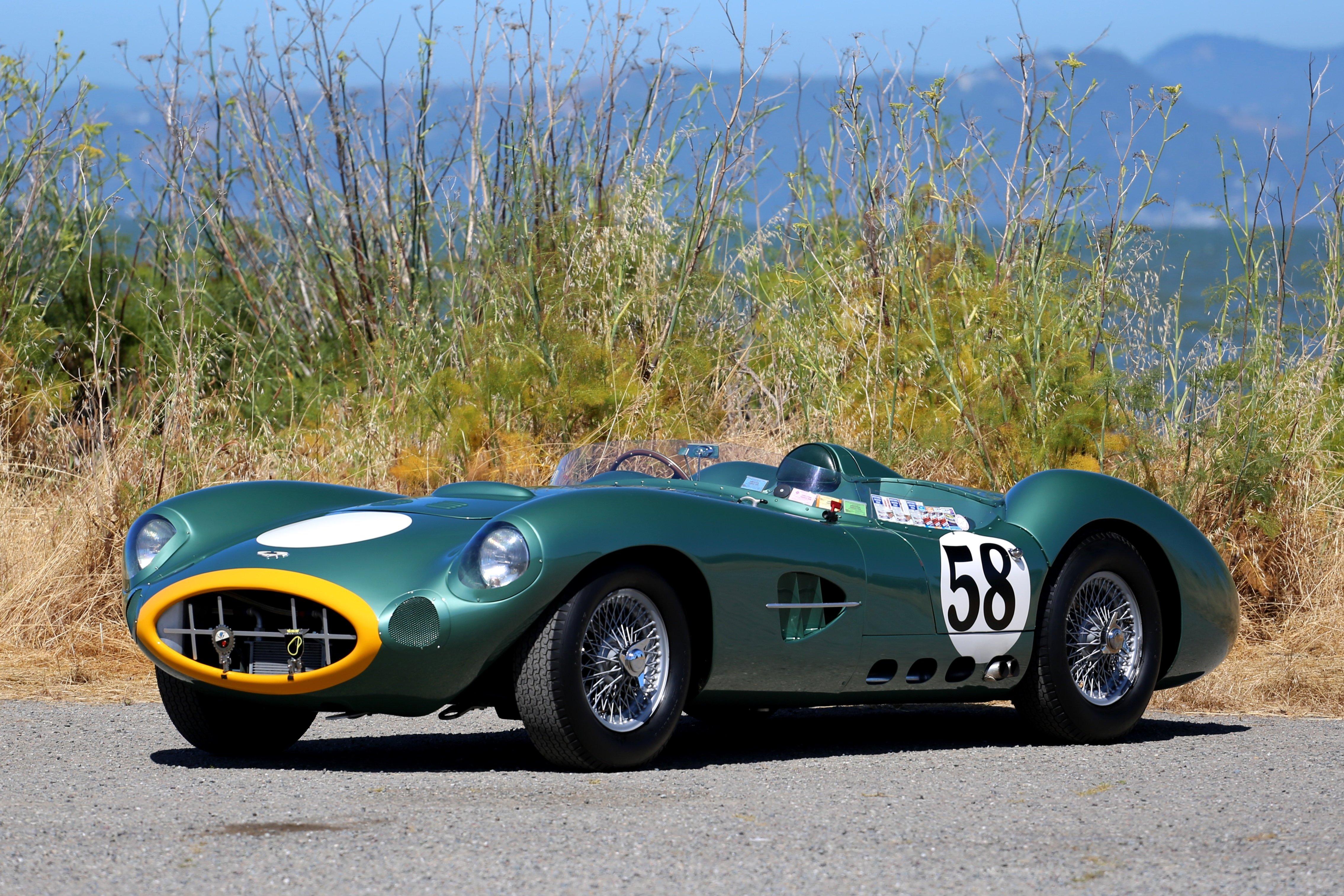
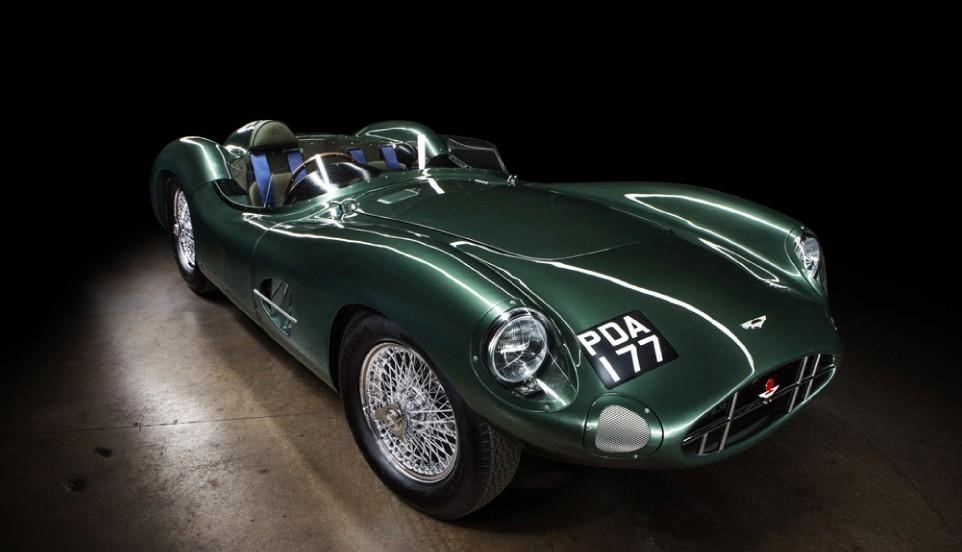
SUPERMIND TRIVIA
